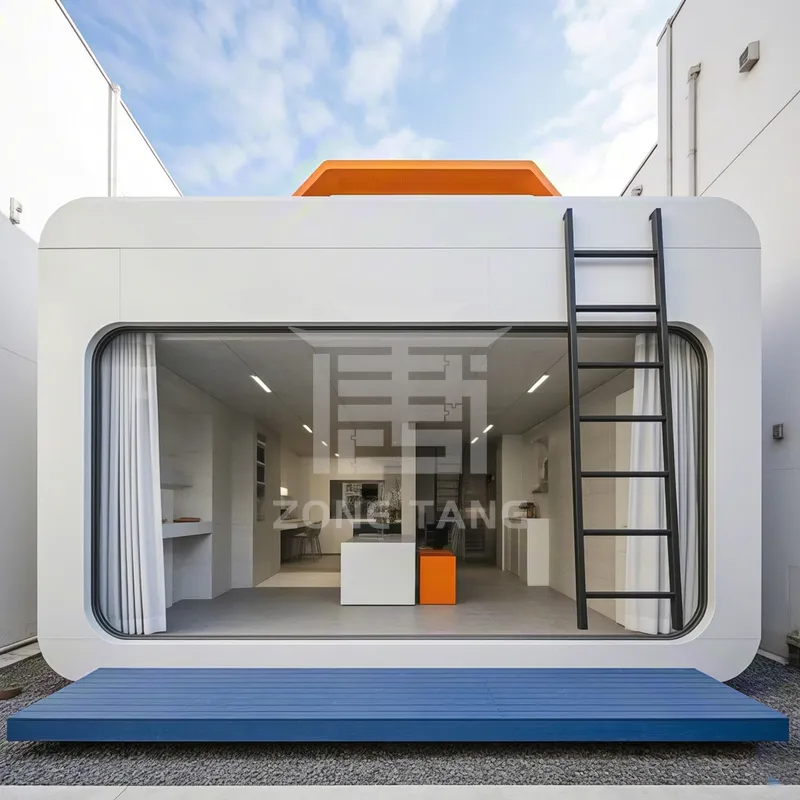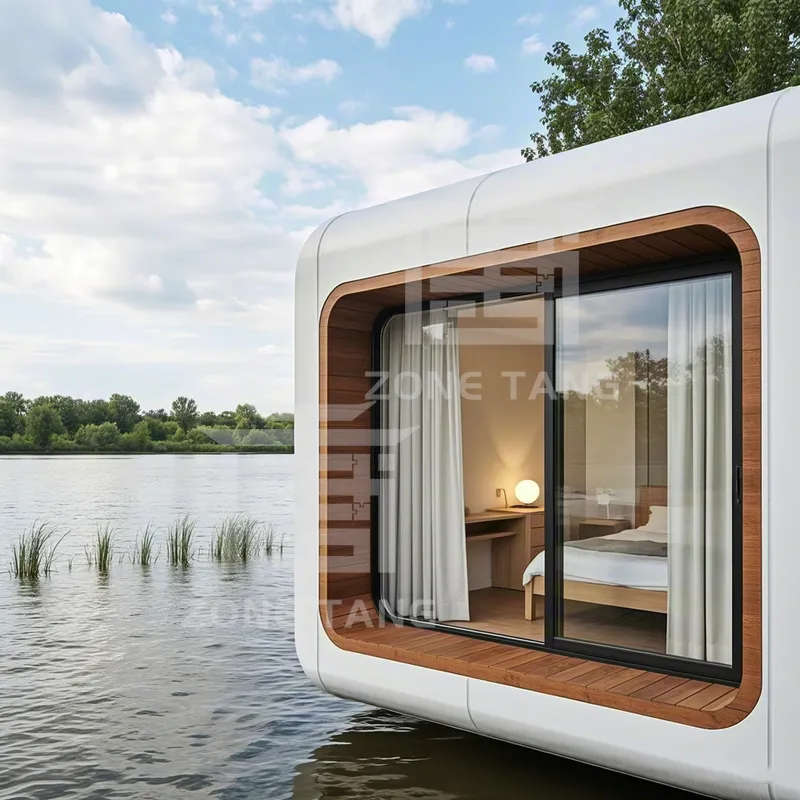BLOG
How to Save Money When Installing Your Capsule Cabin?
Time:2025-04-21 16:03:45 visits:2
Installing a capsule cabin doesn’t have to break the bank. By choosing standardized floor plans, leveraging prefabrication, sourcing materials locally, and optimizing labor and utilities, you can significantly reduce upfront and long‑term expenses. This guide covers five actionable strategies—planning & design, materials & construction, labor & scheduling, utilities & finishes, and financing & permits—to help you build your next capsule Home or capsule Dwelling on a budget while maintaining quality and style.
1. Plan and Design Wisely
1.1 Choose Standardized Floor Plans
Sticking with manufacturer‑offered layouts avoids costly design changes—every custom tweak can trigger additional engineering fees and alter plans. Standard modules often include core utilities and structural elements, making delivery and assembly faster and cheaper .
1.2 Optimize Site Selection
A level, well‑drained plot with easy access to roads minimizes site‑prep and foundation costs. Avoid excessive grading or long utility runs by selecting a site close to existing hookups to save on trenching and permit fees.

2. Materials and Construction
2.1 Leverage Prefabrication
Factory-built modules reduce on‑site labor time by up to two‑thirds compared to stick‑built homes, translating to significant savings on crew costs and weather delays.Prefab capsule Dwellings can often be installed in just 1–3 days.
2.2 Bulk Buying & Local Sourcing
Ordering insulation, framing lumber, and finishes in bulk from local suppliers cuts material markups and shipping fees.Where possible, select regionally available panels or SIPs (Structural Insulated Panels) to reduce logistics expenses.
3. Labor and Scheduling
3.1 DIY vs. Professional Teams
Handling non‑specialized tasks yourself—like interior painting or basic landscaping—can shave labor budgets by 10–20%. Reserve licensed professionals for critical work: foundation, electrical, and plumbing to ensure code compliance.
3.2 Efficient Project Timeline
Book crews consecutively to avoid idle days—coordinating foundation, module delivery, and finishing teams tightly can prevent daily stand‑by fees.A well‑planned sequence also reduces the risk of weather‑related delays, saving on contingency funds.

4. Utilities and Finishes
4.1 Invest in Energy‑Efficient Systems
High‑performance windows, LED lighting, and sealed ductwork save hundreds annually on heating, cooling, and electricity. Consider pre‑wired solar panel connections at installation to avoid retrofitting costs later.
4.2 Cost‑Effective Finishing Options
Selecting mid‑range floorings—like luxury vinyl plank—instead of hardwood preserves aesthetics at a fraction of the cost. Paint brands often offer near‑premium durability at lower prices; negotiate package deals when purchasing for multiple rooms.
5. Financing and Permits
5.1 Explore Local Incentives
Many municipalities offer rebates or expedited review for energy‑efficient or ADU (Accessory Dwelling Unit) installations—research local grant programs before breaking ground. California’s ADU legislation, for instance, has lowered permit delays and fees substantially.
5.2 Create a Detailed Budget and Contingency
Draft a line‑item budget covering materials, labor, permits, and a 10–15% contingency for unforeseen costs—this foresight prevents project stalls. Regularly review expenditures against estimates to catch overruns early.
Conclusion
By combining smart design choices, prefabrication benefits, strategic labor planning, energy‑efficient utilities, and careful budgeting, you can install your capsule Cabin—or capsule Dwelling—without overshooting your budget. These methods apply equally to micro Capsule Houses and deluxe capsule Home configurations, ensuring that style and savings go hand in hand.
CATEGORIES
BLOG
CONTACT US
Whatsapp/Wechat: +86 19710016561
Tel: +86 536 628 1777
Fax: +86 536 628 1777
Email:zonetang@zonetang.com
Add: 500 meters west of Dashigiao Community, Zhuliu Street,Changle County.Weifang City, Shandong Province